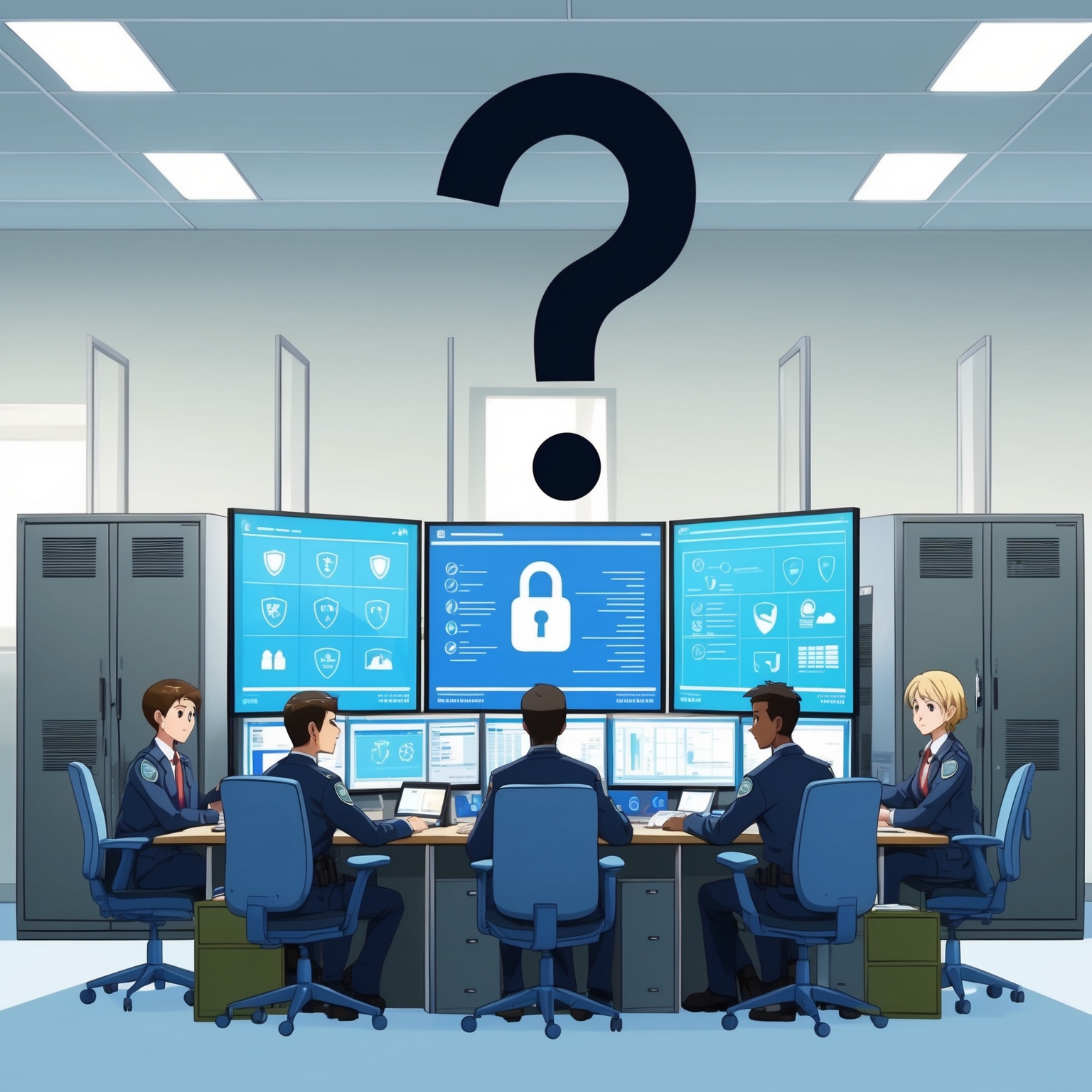Small to medium-sized businesses (SMBs) with 50 to 250 employees often face a critical question: can a Security Operations Center (SOC) handle all their security needs, or do they still require an internal security team? Let’s explore the role of SOCs, their limitations, and whether offshoring SOC services impacts security.
What is a SOC and What Does It Do?
A SOC is a centralized team of security professionals that monitors, detects, and responds to cybersecurity threats in real time. They use tools like Security Information and Event Management (SIEM) systems, Endpoint Detection and Response (EDR), and threat intelligence to safeguard businesses from attacks.
Core Functions of a SOC:
24/7 Threat Monitoring: Ensures constant vigilance against cybersecurity threats.
Incident Response: Quickly detects and mitigates breaches to minimize damage.
Vulnerability Management: Identifies and addresses security gaps in systems and networks.
Compliance Assistance: Helps businesses meet regulatory requirements like GDPR, HIPAA, or PCI-DSS.
Can a SOC Handle All Security for SMBs?
While SOCs are invaluable for their expertise and scalability, they aren’t a one-size-fits-all solution. There are areas where internal security teams can complement a SOC’s efforts.
Roles a SOC Excels At:
Threat Detection and Response: SOCs are adept at identifying and neutralizing threats in real time.
Cost Efficiency: Outsourcing SOC services can save SMBs the expense of building a full in-house team.
Access to Expertise: SOC providers often employ specialists in areas like malware analysis and forensic investigations, resources SMBs might not afford internally.
SOC Limitations:
Contextual Understanding: A SOC may lack deep knowledge of the specific business processes and priorities of an SMB. Internal teams can fill this gap by aligning security strategies with business objectives.
Policy and Governance: SOCs typically focus on operational security, leaving tasks like policy creation, risk management, and staff training to internal teams.
Proactive Security Measures: Functions like conducting internal audits, secure software development, or overseeing third-party vendor risks often require an internal presence.
Response Time for Complex Incidents: While SOCs act quickly, internal teams may be better positioned to respond to incidents that require physical access or coordination with on-site staff.
Do SMBs Still Need Internal Security Teams?
For most SMBs, a hybrid approach works best. Here’s how responsibilities can be divided:
SOC Responsibilities:
Continuous monitoring.
Real-time incident response.
Basic threat intelligence.
Internal Security Team Responsibilities:
Developing and enforcing security policies.
Educating employees on cybersecurity best practices.
Managing endpoint devices, access control, and secure configurations.
Handling physical security and ensuring compliance with company-specific regulations.
The Offshoring Dilemma: Cost vs. Security
Many SOC providers offshore some operations to reduce costs. While this can improve affordability, it introduces potential security risks.
Pros of Offshoring SOC Work:
Cost Savings: Leveraging lower operational costs in countries like India or the Philippines.
24/7 Coverage: Time zone advantages allow round-the-clock monitoring without additional shifts.
Cons of Offshoring SOC Work:
Data Sovereignty Risks: Sensitive data might be subject to laws in the offshore country, complicating compliance.
Language and Cultural Barriers: Miscommunications can delay incident response.
Security Concerns: Increased risk of insider threats or third-party vulnerabilities.
Best Practices for SMBs Using a SOC
To maximize the benefits of a SOC while addressing limitations, consider the following:
Define Clear Roles: Ensure your SOC and internal team have well-documented roles and responsibilities.
Assess SOC Providers: Vet SOC vendors for their data handling policies, certifications (e.g., ISO 27001), and incident response processes.
Prioritize Communication: Establish streamlined communication channels between the SOC and your internal team.
Invest in Training: Educate your employees on cybersecurity basics to reduce human error.
Review Offshoring Risks: If your SOC offshores operations, evaluate the provider’s security protocols, data encryption methods, and compliance with your local regulations.
Leverage Cyber Insurance: Protect your business against residual risks not covered by the SOC.
Conclusion
A SOC is a powerful ally for SMBs, offering expertise, scalability, and cost-efficiency. However, it cannot entirely replace the need for an internal security team. The best approach combines a SOC’s technical expertise with an internal team’s business-specific knowledge.
As for offshoring, the decision boils down to balancing cost savings against potential risks to data security and compliance. By adopting a hybrid model and implementing best practices, SMBs can create a robust security posture that meets both operational and strategic needs.
Take the first step in fortifying your business’s security today by filling out the form below—because protecting your future starts with making informed decisions now. Click the button to get started!







